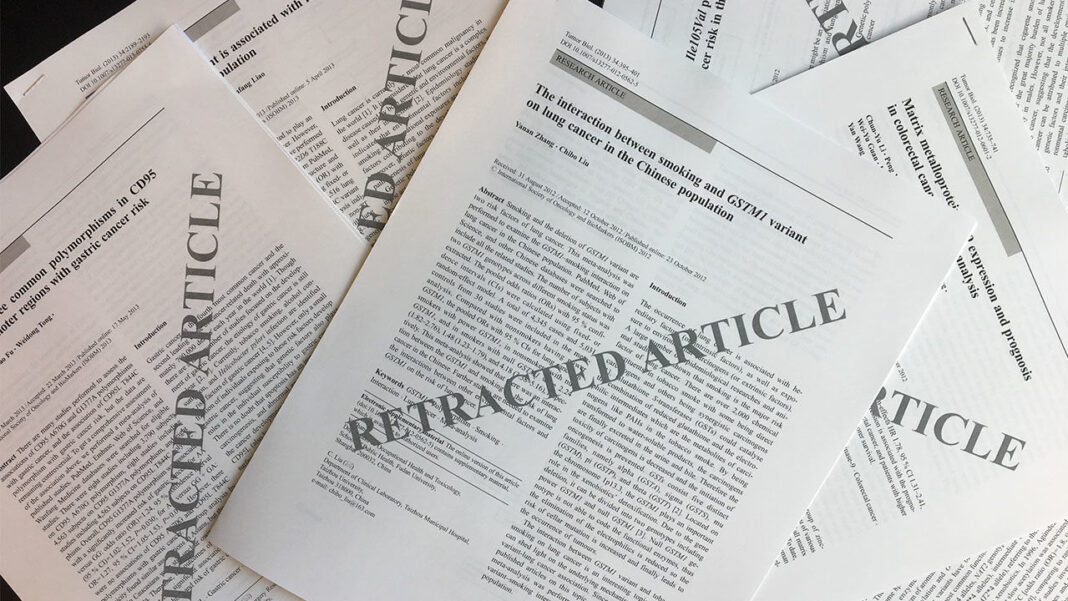2015 was perhaps the culmination of Haruko Obokata’s career decline. In 2014, this Japanese researcher at the RIKEN Institute hit the spotlights when she had two breakthrough articles published in Nature journal. All conditions were gathered to create a hype around Obokata: she was a young female researcher, breaking into a predominantly male-dominated stem-cell research field; she had demonstrated a simple solution to solve a problem that had been intriguing researchers for a long time, and her charismatic personality made her quickly esteemed by Japanese and international media. It suddenly became crucial to know why she painted her laboratory pink, what she did in her free time, or why she wore a colorful apron instead of the traditional lab coat. At the same time, both the media and the scientific community started to speculate about a possible Nobel Prize on the way.
The method developed by Okokata and her colleagues, which they named STAP (stimulus-triggered acquisition of pluripotency), was surprisingly simple. A bath of citric acid was sufficient for mouse blood cells to return to an embryonic state. In fact, it was so simple and far from the standards that many scientists accepted it merely because of the reputation of the co-authors of the papers.
However, not long after the release of the papers, the scientific community started to question the legitimacy of Obokata’s results. A large chunk of text appeared to be plagiarized, images showed clear signs of manipulation and the same figure was used to describe two independent experiments. And despite the apparent simplicity of the technique, no other group was able to replicate the experiment. Obokata’s career discredit became even bigger when the RIKEN institute accused her team of misconduct, followed by public apologies on national television. She claimed to regret that, because of her lack of experience and knowledge, the Nature papers were full of flaws. However, she still defended that “the research was done accurately and data exists to prove it”. The Nature journal retracted both articles in July 2014, after the co-authors and Obokata finally agreed to ask for retraction.
The 5th of August 2014 was possibly the saddest day of this fraud story: Yoshiki Sasai, Obakata’s supervisor, was found dead, hanging on one of the buildings of the RIKEN institute, after months of dealing with a depression. In his suicide note to Obokata, Sasai asked her to continue the work on STAP technique. Sasai also blamed the storm created by media around the paper retraction, claiming that he was ‘worn out by the unjust bashing in the mass media and the responsibility he felt towards RIKEN and his laboratory’. In a country where suicide has a different connotation than in most Western countries, Sasai’s suicide was interpreted by many as an honorable way out a shameful event.
After Sasai’s suicide, Obakata was given the opportunity to prove the STAP method was reproducible. She and her colleagues tried to replicate their own results while being monitored by surveillance cameras, but their attempts failed. In December 2014, Obokata issued her resignation letter to RIKEN institute, where she apologized for the difficulties caused by her immaturity and claimed to be perplexed by the failure to replicate the STAP technique. In November of this year, Tokyo’s Waseda University decided to revoke Obokata’s doctorate degree.
Obokata’s scientific misconduct showed us that the scientific community is, at some degree, able to police itself, after peer review. But many more cases escaped the peer review lenses, as we discussed in Part 1 of this Science Frauds series. Is publishing pressure justification enough for scientific frauds that compromise science credibility to the public’s eye? Can media be blamed for adding extra pressure on individual scientists? In the next post, we will explore some factors that might help explain why scientists manipulate their results.
You just read Part II of the Science Frauds series. Appetite for more?
Part I: Four Examples
Part III: Publishing Pressure or Lust for Fame?
References
Obokata, H., Wakayama, T., Sasai, Y., Kojima, K., Vacanti, M., Niwa, H., Yamato, M., & Vacanti, C. (2014). Stimulus-triggered fate conversion of somatic cells into pluripotency Nature, 505 (7485), 641-647 DOI: 10.1038/nature12968
The Guardian: Haruku Obokata
Nature: suicide note
Nature: integrity cell induces stress





